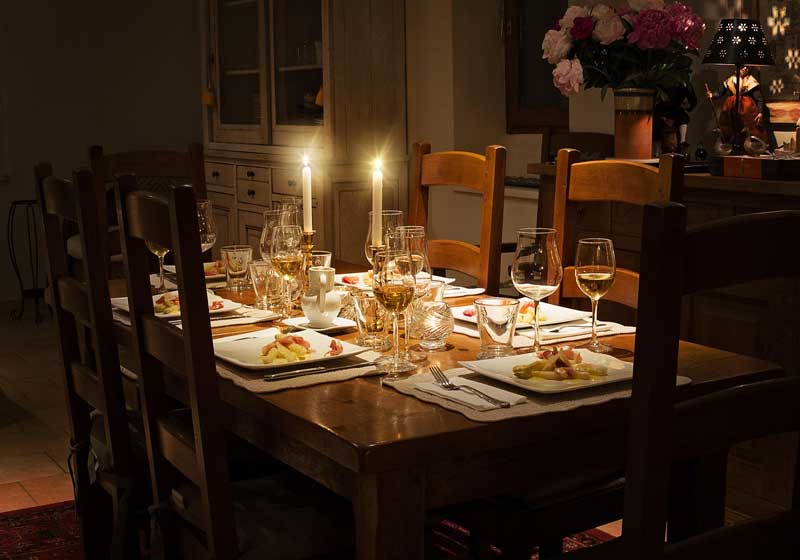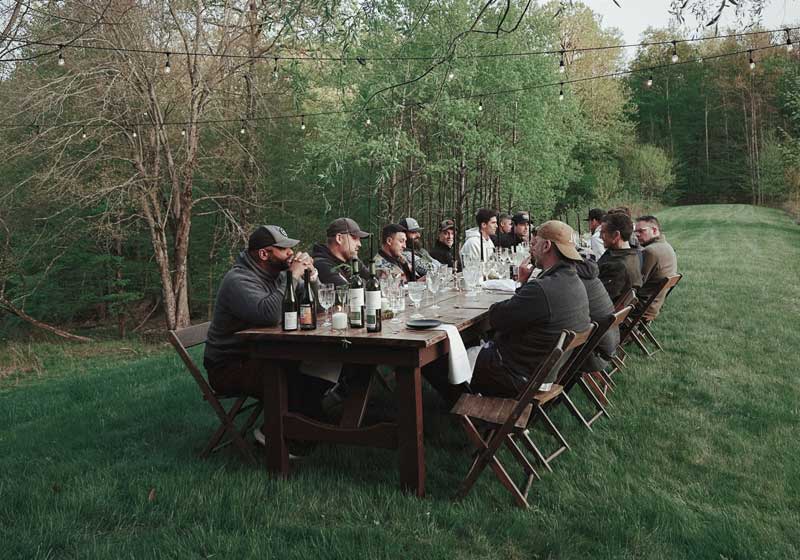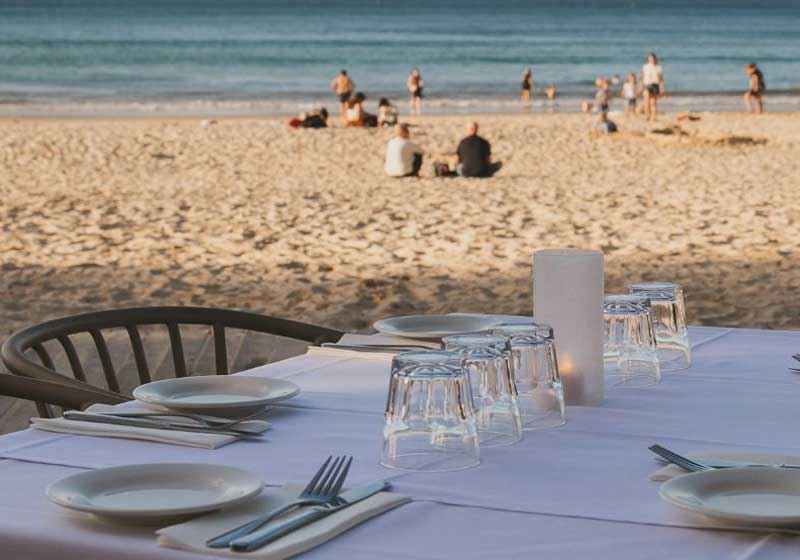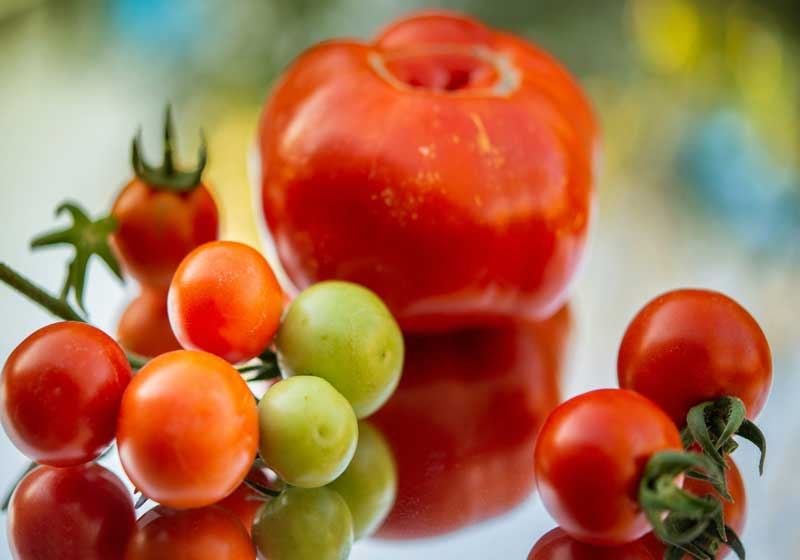By Leigh O’Connor.
The table stretched the length of the room, dressed with flickering candles and wildflowers scattered between serving platters. Guests filed in quietly at first, each one a stranger to the others, bound only by the anticipation of what the evening might bring.
There was a nervous thrill in the air, the kind that hovers when unfamiliar people are about to share an intimate experience.
An artist, her jeans freckled with paint, found herself seated across from a nurse finishing a long night shift. Beside them, a traveller recounted his recent journey across New Zealand. No one had exchanged names yet, but already the table itself acted as host, inviting conversation and nudging strangers closer together.

When the first dishes arrived - bowls of roasted vegetables glistening with olive oil, loaves of bread still warm from the oven - the atmosphere shifted. Plates were passed, hands brushed as serving spoons were exchanged and laughter rose from simple requests like, "Could you pass the wine?” Barriers dissolved in the act of sharing, as the food became both sustenance and conversation starter.
The concept of the communal table is as old as humanity’s first fires, yet in today’s urban landscape it feels almost revolutionary. Modern dining often isolates: quick meals eaten alone at desks, anonymous takeout delivered with minimal interaction. Against this backdrop, communal dining offers a gentle rebellion - an insistence on slowing down, connecting and savouring more than just flavour.
As the courses unfolded - braised lamb, bowls of handmade pasta and a salad bright with citrus and herbs - the communal table transformed. It was no longer just wood and candles, but a stage for human stories.
The artist spoke of her first gallery show, the nurse confessed to experimenting with sourdough baking and a designer at the far end of the table shared his struggle to balance work with creativity. Strangers leaned in to listen, nod and respond, weaving together an improvised tapestry of experiences.

This is the essence of communal dining: the transformation of strangers into companions. The table levels hierarchies, dissolves barriers and offers a space where people meet not as professions or roles, but as human beings.
Each gesture - passing a dish, pouring a glass, leaning in to share a laugh - becomes a thread in a temporary yet profound sense of belonging.
For many, the idea of sitting shoulder-to-shoulder with strangers carries a sense of unease. Yet the unease rarely lingers. By the second course, it has often been replaced by the hum of animated conversation, the glow of shared stories and the comfort of realising that connection is easier than expected.
By the time dessert arrives - perhaps a citrus tart sliced unevenly but generously - the room hums with a collective warmth. The act of dining together has created a fleeting community, one where differences are softened and similarities revealed. Guests arrive as individuals, but leave with the memory of laughter shared, of kindness extended, of belonging experienced.

The rise of communal dining reflects more than a culinary trend. It is an answer to modern isolation, a hunger for authentic connection in an increasingly disconnected world.
Around a communal table, food is more than nourishment - it is the bridge between strangers, the language of generosity and the spark of shared humanity.








